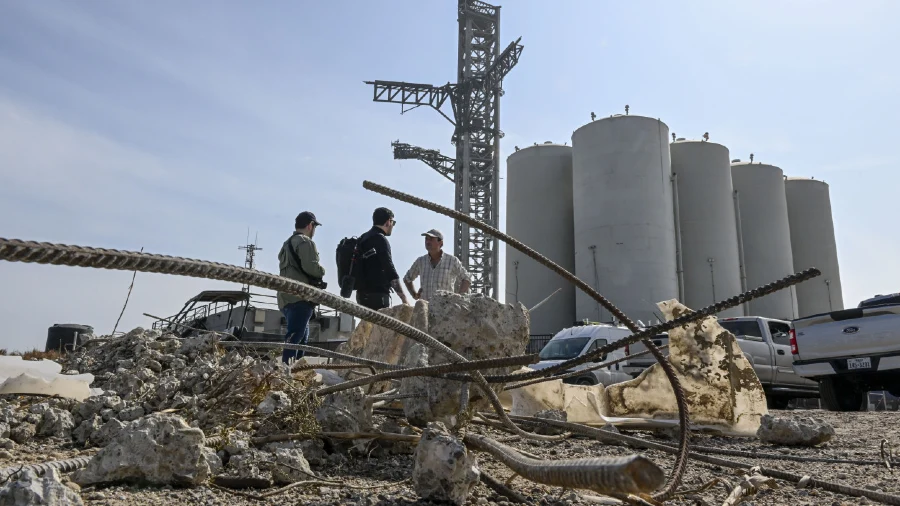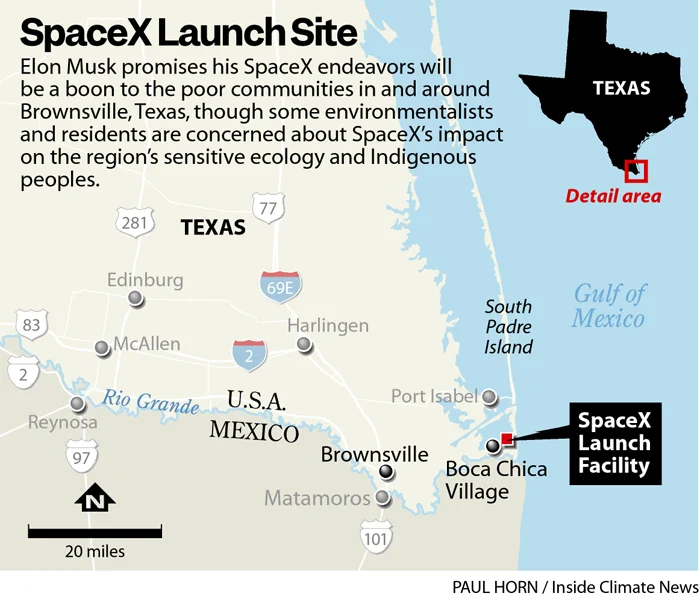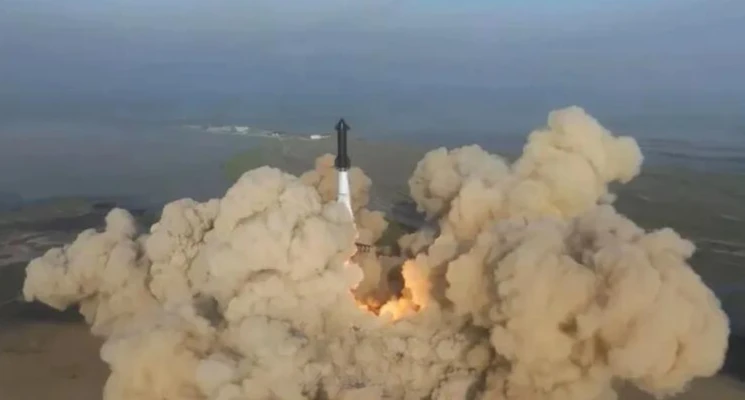SpaceX is once again under the spotlight as environmental groups express growing concerns about the impact of its rocket launches on critical habitats near the company’s Starbase facility in southern Texas. In a recent complaint, these groups allege that the Federal Aviation Administration (FAA) failed to conduct a thorough environmental assessment before granting a revised license for the second Starship launch that occurred on November 18.
Jared Margolis, a senior attorney at the Center for Biological Diversity, emphasized the need for proper environmental reviews, stating, “Failing to do an in-depth environmental review and letting SpaceX keep launching the world’s largest rockets that repeatedly explode shows a shocking disregard for wildlife and communities. SpaceX should not be given free rein to use this amazing area as a sacrifice zone.”

The coalition of environmental organizations includes the Center for Biological Diversity, American Bird Conservancy, Carrizo/Comecrudo Nation of Texas, Inc., Save RGV, and Surfrider Foundation. They originally filed a lawsuit against the FAA in May, with SpaceX later joining as a co-defendant. Their initial argument was that the FAA allowed SpaceX to bypass essential environmental reviews due to political and financial influence, as SpaceX is owned by Elon Musk. The first Starship test launch on April 20 ended in an explosion approximately four minutes after liftoff.
The lawsuit comes as SpaceX prepares for a weather-delayed Falcon 9 rocket launch from Cape Canaveral Space Force Station in Florida, scheduled for late Sunday night. This launch aims to deploy a batch of Starlink internet satellites into low-Earth orbit.
Recent reports by the Houston Chronicle shed light on the environmental damage caused by SpaceX spectators during the second Starship launch on November 18. Hundreds of spectators disrupted local habitats crucial to shorebirds in Boca Chica, habitats that took decades to develop.

The Center for Biological Diversity emphasized the significance of the region, stating, “SpaceX’s Boca Chica launch site is surrounded by state parks and national wildlife refuge lands and important habitat for imperiled wildlife, including piping plovers, northern aplomado falcons, Gulf Coast jaguarundi, ocelots, and the critically endangered Kemp’s ridley sea turtle.”
According to the Chronicle, the U.S. Fish and Wildlife Service noted that the public was responsible for the primary environmental effects observed in tidal flats south of the launch pad. The agency is collaborating with SpaceX to educate the public on the importance of preserving tidal flat habitat.
SpaceX’s involvement in the Artemis program, through a $3 billion NASA contract, has heightened the importance of addressing these environmental concerns. Under this contract, SpaceX will develop a Starship lunar lander for transporting astronauts from lunar orbit to the moon’s surface, with the first missions scheduled for as early as 2025.
More To Discover
- European Bumblebees on the Brink: Climate and Habitat Woes, and Our Race to Save Vital Pollinators And 7 Solutions Being Tried Right Now
- Solved: Mysterious Mass Deaths of Hundreds of Gray Whales Is Finally Explained
- Water Batteries: The Safe, Affordable, and Eco-Friendly Energy of the Future That Won’t Explode
- French Nuclear Fusion Reactor Sets New Record For 6 Minutes
Not surprisingly, Starship is expected to play a pivotal role in future missions to Mars in the coming decade.
During a Senate Commerce Committee hearing on December 13, NASA Deputy Administrator Pam Melroy acknowledged the ongoing discussions with environmental regulatory agencies regarding the Artemis program’s critical nature. These efforts aim to ensure the program’s success while maintaining environmental integrity.



















